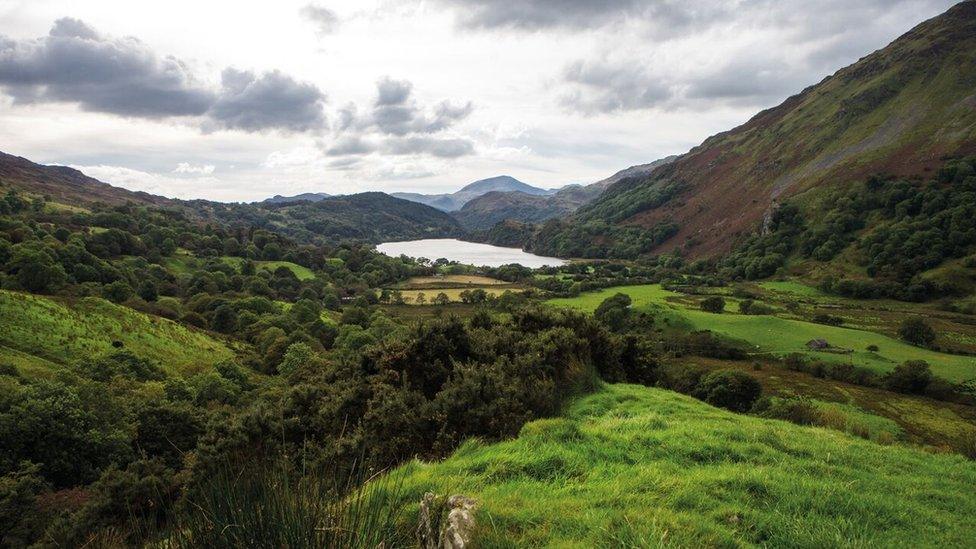Wales' past brought to life as part of Year of Legends
- Published

The campaign aims share Wales' "epic story" and give visitors "legendary experiences"
Wales' past will be brought to life "like never before" as part of its 2017 Year of Legends.
The Welsh Government marketing campaign aims to promote Wales' culture and heritage, and follows on from the 2016 Year of Adventure.
A "rich and inspiring" programme of events includes Dylan Thomas tours and trails, the unveiling of two major artworks and one of the world's biggest sporting events.
Funding is also available for projects.
Economy Secretary Ken Skates said 2017 is not about looking backwards, but "bringing the past to life" with "cutting-edge innovation."
"It's about creating and celebrating new Welsh legends, modern-day personalities, products and events that are made in Wales, or enriched by coming here," he said.
St Davids Cathedral in Pembrokeshire is a popular tourist destination
The Welsh Government said £150m is spent on holidays in Wales every year where culture and heritage is the main activity, with 61% of overseas visitors citing Wales' historic sites as a key reason for their visit.
Visit Wales has already approved £1.28m for 35 projects as part of the Year of Legends, including:
A Merlin Festival in Carmarthen, Carmarthenshire to celebrate the legend of Merlin and other Arthurian characters
The Literature Wales launch of the Land of Legends website which maps places associated with Welsh myths and stories
A jousting tournament, medieval market and banquet in Conwy county
Other highlights are the release of a new film about King Arthur and the UEFA Champions League final which will be held at the Principality Stadium in June.
There will also be a recognition of global talent inspired by Wales, from Roald Dahl to Dylan Thomas to J.R.R. Tolkien with tours and trails, as well as exhibitions and collections by Amgueddfa Cymru and the National Library of Wales in Aberystwyth.
- Published2 April 2015
- Published27 July 2016
- Published5 November 2016